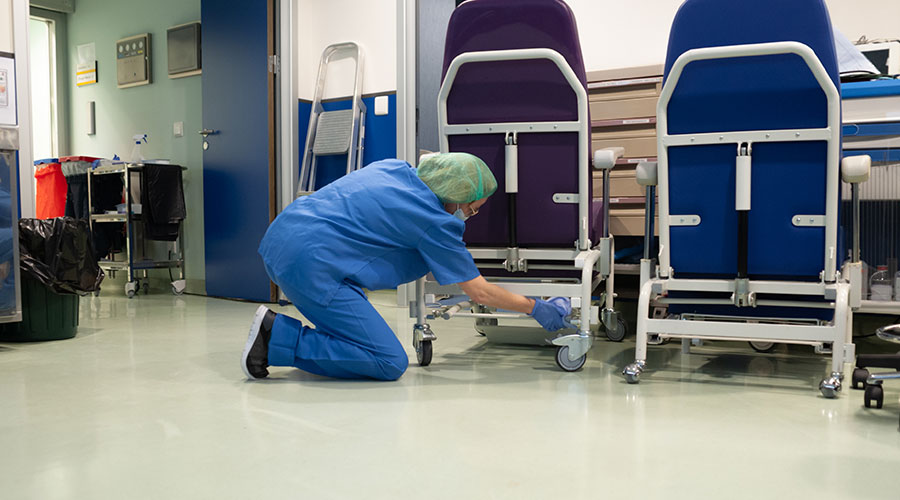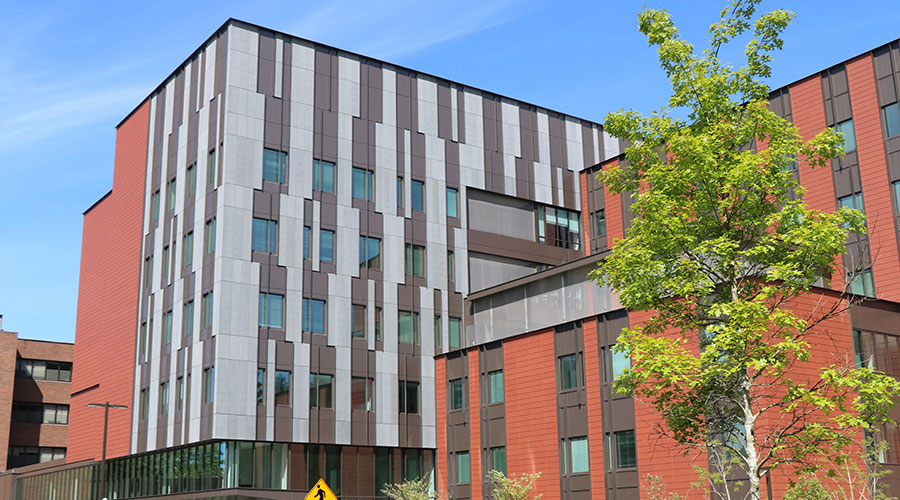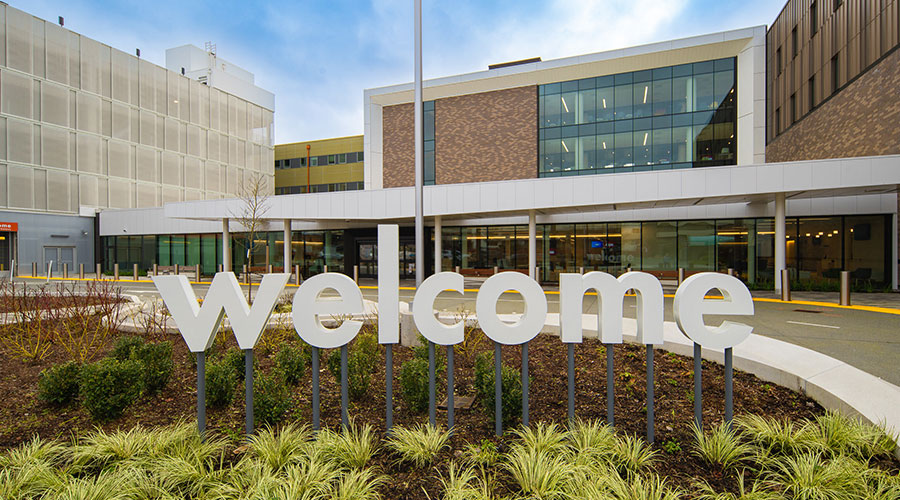ATLANTA – With functional changes and occupant productivity driving the need to commission existing facilities, ASHRAE is developing a guideline that addresses the commissioning process. The guideline is now open for public input.
ASHRAE Guideline 0.2P, The Commissioning Process for Existing Systems and Assemblies, describes the procedures, methods, documentation, requirements and physical activities of the commissioning process for existing buildings, systems and assemblies using the principles developed in ASHRAE Guideline 0-2005, The Commissioning Process.
The proposed guideline is open for public comment from Dec. 6 until Jan. 20, 2014. For more information, visit www.ashrae.org/publicreviews.
“The most fundamental difference between new and existing building commissioning besides the obvious – one is new construction, one is existing – is that the function of the space may have changed substantially since it was designed,” Bill Dean, chair of the committee writing Guideline 0.2, said. “Related to that is that the building occupants are people with a voice and opinion as opposed to the theoretical occupant in new construction represented by the architect or owner. A great deal of the focus in the past was on energy savings being used to fund building improvements; now we are seeing functional changes and occupant productivity driving the need to commission existing facilities.”
Commissioning of existing systems also should result in energy and cost savings. Dean referenced a 2009 study from Lawrence Berkeley National Laboratory that suggests a median 16 percent energy savings with a 1.1 year payback for energy based existing building commissioning. The study noted “commissioning is arguably the most cost-effective strategy for reducing energy, costs and greenhouse-gas emissions in buildings today.”
Commissioning also impacts occupant comfort and assists in repurposing buildings. The quantifiable non-energy benefits are often equal to or greater than energy savings.
Guideline 0.2P is a process guideline that is intended to be applied to any type of facility.
For example, we envision technical requirement guides being written to cover building envelope, elevators, fire alarm systems, smoke control, lighting electrical, plumbing, site infrastructure and district heating and cooling, etc.” Dean said. “The same ASHRAE committee is currently developing the technical requirements for a proposed standard on existing HVAC&R systems (1.2P, The Commissioning Process for Existing HVAC&R Systems).”
Other commissioning guidance from ASHRAE includes Guideline 0-2005, The Commissioning Process; Guideline 1.1-2007, HVAC&R Technical Requirements for the Commissioning Process; and Guideline 1.5-2012, The Commissioning Process for Smoke Control Systems; and Standard 202-2013, Commissioning Process for Buildings and Systems.
ASHRAE also is working on several other guidelines related to commissioning: Guideline 1.2P, The Commissioning Process for Existing HVAC&R Systems; Guideline 1.3P, Building Operation and Maintenance Training for the HVAC&R Commissioning Process; and Guideline 1.4P, Procedures for Preparing Facility Systems Manuals.
ASHRAE, founded in 1894, is a building technology society with more than 50,000 members worldwide. The Society and its members focus on building systems, energy efficiency, indoor air quality, refrigeration and sustainability. Through research, standards writing, publishing, certification and continuing education, ASHRAE shapes tomorrow’s built environment today.

 Seeking Standards for Microbial Loads in Healthcare Facilities
Seeking Standards for Microbial Loads in Healthcare Facilities UCR Health Unveils Plans for Major Expansion
UCR Health Unveils Plans for Major Expansion High-Performance Windows Support Safety at UW Medicine's New Behavioral Health Center
High-Performance Windows Support Safety at UW Medicine's New Behavioral Health Center Central Maine Healthcare Dealing with IT System Outage
Central Maine Healthcare Dealing with IT System Outage Kaiser Permanente Opens Newly Expanded Everett Medical Center
Kaiser Permanente Opens Newly Expanded Everett Medical Center